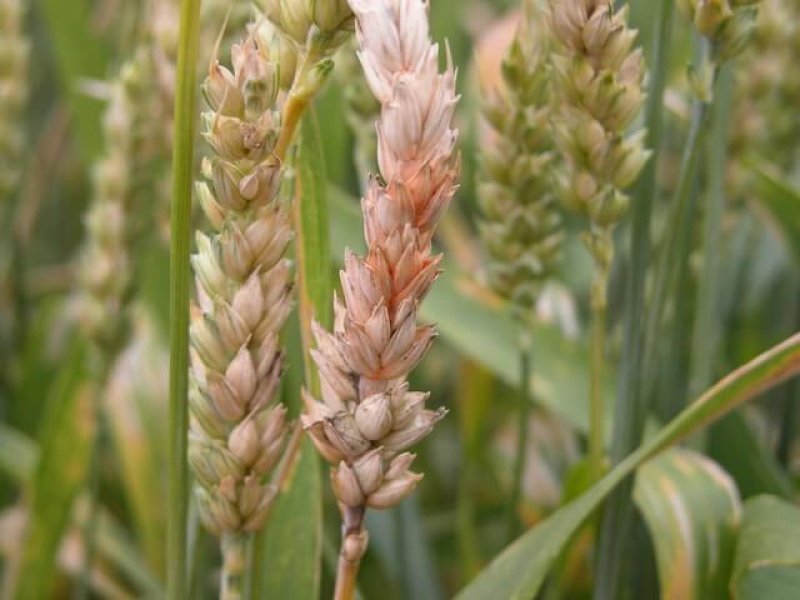Fusarium head blight (FHB), caused by Fusarium graminearum, is a devastating disease of wheat and barley that leads to reduced yield and mycotoxin contamination of grain, making it unfit for human consumption. FHB is a global problem, with outbreaks in the United States, Canada, Europe, Asia and South America. In the United States alone, total direct and secondary economic losses from 1993 to 2001 owing to FHB were estimated at $7.67 billion1. Fhb1 is the most consistently reported quantitative trait locus (QTL) for FHB resistance breeding. Here we report the map-based cloning of Fhb1 from a Chinese wheat cultivar Sumai 3. By mutation analysis, gene silencing and transgenic overexpression, we show that a pore-forming toxin-like (PFT) gene at Fhb1 confers FHB resistance. PFT is predicted to encode a chimeric lectin with two agglutinin domains and an ETX/MTX2 toxin domain. Our discovery identifies a new type of durable plant resistance gene conferring quantitative disease resistance to plants against Fusarium species.
The GLP aggregated and excerpted this blog/article to reflect the diversity of news, opinion, and analysis. Read full, original post: Wheat Fhb1 encodes a chimeric lectin with agglutinin domains and a pore-forming toxin-like domain conferring resistance to Fusarium head blight































